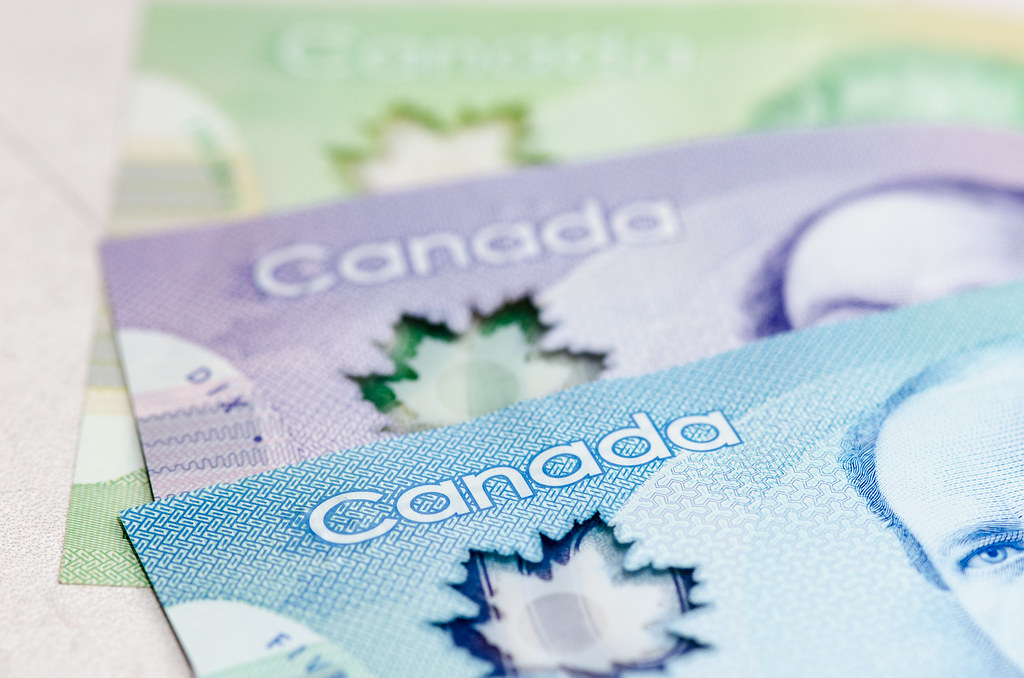First Home Savings Account (FHSA)
Introducing the Tax-Free First Home Savings Account (FHSA)
Saving for a down payment can be a challenge for first-time
homebuyers. However, saving for your first home will be made easier with the new tax free FHSA.
For the first-time home buyer, the tax-free First Home Savings Account (FHSA) allows you to save up to $40,000 tax-free toward the purchase of your first home. Contributions to a FHSA are tax deductible, just like contributions to an RRSP. Income and gains within the FHSA, as well as withdrawals, would be tax-sheltered just like the TFSA.
- be an individual resident of Canada
- be at least 18 years of age
- be a first-time home buyer, which means you or your spouse, or common-law partner did not own a qualifying home that you lived in as a principal place of residence at any time in the year the account is opened or the preceding 4 calendar years Contribution Room
The account can stay open for 15 years or until the end of the year you turn 71, or at the end of the year following the year in which you make a qualifying withdrawal from an FHSA for the first home purchase, whichever comes first. First-time homebuyers often struggle with saving for a down payment. However, the new FHSA registered account will help Canadians save for their first home.
Contributing to FHSA
FHSA Highlights
$8,000
Annual contribution limit
$40,000
Lifetime maximum limit of
$40,000
Tax-deductible
Contributions are tax-deductible.
Carry Forward
Unused contribution room can be carried forward
Any Investment Made Into An RRSP Will Grow Tax-Free!
Learn more about the ways that opening an RRSP can benefit you.
Contributions are Tax Deductible
Deduct the amount you contribute from your taxable income and lower your tax bill.
Pair With HBP
Can be combined with the Home Buyers Plan (HBP).
Carry Forward Unused Contribution Room
Unused contribution room carries forward to the next year.
Transfers
Unused portion of the FHSA can transferred to an RRSP or RIFF tax free
More About FHSAs
Qualified Investments
FHSAs can hold qualified investments similar to those permitted in TFSAs or RRSPs, including mutual funds, publicly traded securities, government and corporate bonds, and guaranteed investment certificates. A FHSA is also subject to prohibited investment rules that prohibit holding investments closely related to the holder.
Can Be Done Directly from Employment Income
Similar to RRSP contributions, if you make FHSA contributions directly from
your employment income, your employer won’t have to withhold income tax on the amount of those contributions.
Home Buyer's Plan
HBP withdrawals, which allow first-time homebuyers to withdraw up
to $35000 from their RRSPs to purchase a first home, will remain available; therefore permitting you to withdraw from both the FHSA and the HBP for the same qualified purchase.
No Spousal Plans
Unlike an RRSP, the FHSA holder is the only taxpayer permitted to claim deductions for contributions made to their FHSA. In other words, you can’t contribute to your spouse or common-law partner’s FHSA and claim a deduction. As a result, you can give your spouse or common-law partner the funds to contribute to their own FHSA without incurring spousal attribution penalties
Interest
Like RRSPs and TFSAs, interest on money borrowed to invest in an FHSA would not be deductible in computing income for tax purposes.
Non-Residents
Non-residents cannot make qualified withdrawals from their FHSAs after moving from Canada, but they can continue to make contributions to the plan. Specifically, if you withdraw funds from an FHSA you must be a resident of Canada at the time of withdrawal and up to the time a qualifying home is bought or built. Withdrawals by non-residents would be subject to withholding tax.
Withdrawals from FHSA
Several conditions must be met in order to withdraw funds from an FHSA without being taxed
- You cannot have lived in a home that you owned either in the previous years or in the year of withdrawal (other than 30 days prior to the withdrawal).
- You must also have signed a written agreement to buy or build a qualifying home before October 1st of the year following the year of withdrawal.
- The home must be in Canada and you must intend to occupy it as your principal place of residence within a year of acquisition.
- From the time the withdrawal occurs until the home is acquired, you must be a resident of Canada.
Provided you meet the qualifying withdrawal conditions, the entire amount of available FHSA funds may be withdrawn on a tax-free basis in a single withdrawal or a series of withdrawals. Withdrawals that are not qualifying withdrawals would be included in the income of the individual making the withdrawal. Keybase would be required to collect and remit withholding tax on the non-qualifying withdrawals, consistent with the treatment applicable to taxable RRSP withdrawals.
Treatment Upon Death
Like TFSAs, you would be permitted to designate your spouse or common-law partner as the successor account holder, in which case the account could maintain its tax-exempt status. The surviving spouse would become the new holder of the FHSA immediately upon the death of the original holder provided the surviving spouse meets the eligibility criteria to open an FHSA. Inheriting an FHSA in this way would not impact the surviving spouse’s contribution limits, but the inherited FHSA would assume the surviving spouse’s closure deadlines. If the surviving spouse is not eligible to open an FHSA, account then the FHSA could instead be transferred to an RRSP or RRIF of the surviving spouse, or withdrawn on a taxable basis.
If the beneficiary of an FHSA is not the deceased account holder’s spouse or common-law partner, the funds would need to be withdrawn and paid to the beneficiary. Amounts paid to the beneficiary would be included in the income of the beneficiary for tax purposes.




